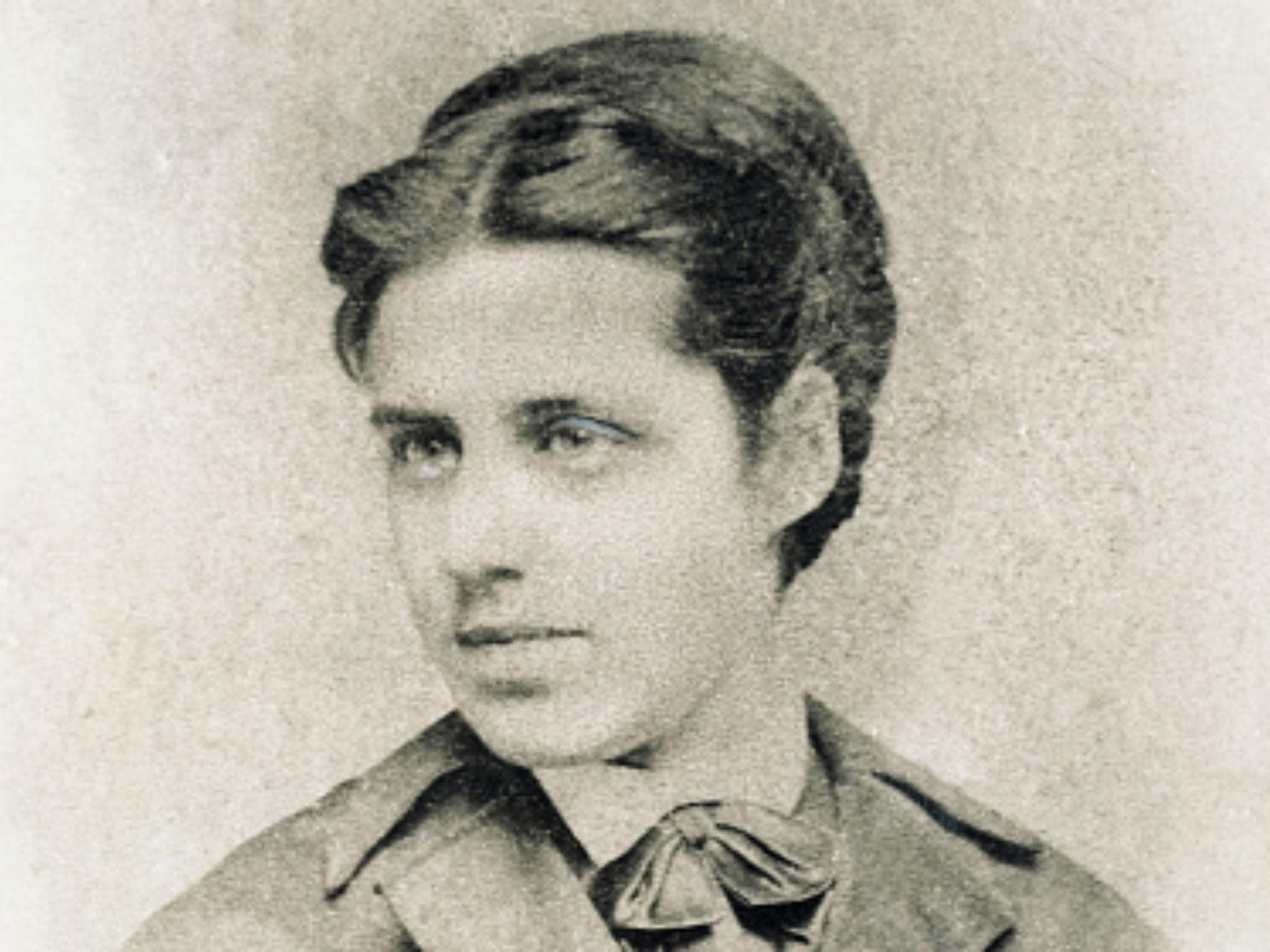'Give me your tired, your poor': The story of the woman who wrote the world’s most famous poem about refugees
Emma Lazarus didn’t need to earn money, but she was moved by the plight of refugees

The widely adopted anecdote about the most famous poem of the moment, that it was written by a woman who didn’t want to write it, is not quite accurate.
Emma Lazarus’s The New Colossus and its immortal lines - "Give me your tired, your poor, Your huddled masses yearning to breathe free, The wretched refuse of your teeming shore" - have become symbolic of the plight and struggle of refugees to the United States, as well as a political hot potato since Donald Trump was elected President.
But reports that Lazarus grumbled that she did not write "to order" are disputed.
Lazarus’ friend, Constance Cary Harrison, claims that she asked her to write a poem about refugees to raise money for the base of the Statue of Liberty. She said that as she described the subject of the poem to Lazarus, the "shaft sped home - her dark eyes deepened - her cheek flushed".
What would Lazarus make in 2017 of how the poem is being cited in protest against the current waves of anti-immigrant rhetoric?
"I’m only her biographer, but I get overwhelmed by it," said Esther Schor, professor of English at Princeton University and author of the 2006 biography Emma Lazarus. "I have a Google alert for every time her poem is cited, and I’ve been following this for months and months. These phrases are in the Zeitgeist."
Lazarus' sonnet was auctioned off alongside writings by Walt Whitman and Mark Twain. By the time she wrote The New Colossus, more than 50 of her poems had been published in mainstream periodicals and she had written a novel and a drama. But for the New York socialite, writer and activist, true renown only came posthumously.
While Lazarus was writing the poem in 1883, the Statue of Liberty lay in pieces in Paris. It was shipped to New York. At the unveiling ceremony, her poem was not mentioned.
Lazarus was abroad at the time and very ill. She would die a year later, and the poem would not even be mentioned in her obituary. In fact, the poem almost was not re-discovered at all. Two decades after her death, a friend unearthed it in a New York bookstore and its words were inscribed onto a plaque on the base of the statue.
The poem’s subject, and the cause of most of her life’s work, most likely came naturally to her. She knew what it was like to be an outsider. Not only was she rather uncomfortable within her high society circles, who no doubt would have disapproved of her charitable activities and her writing, she was also ill at ease among the Sephardic Jewish community, from which her Jewish father sought to distance himself by cultivating other relationships among the wealthy Christian families.
"Lazarus understood nativism, racism, xenophobia, she understood complacency, and knew what it was like for people to not identify with those who are different to you," said Schor.
She was called "Jewess" and complained bitterly about racism in a letter to Philip Cowen in 1883, using words that many liberals might be familiar with today.
"I am perfectly conscious that this contempt and hatred underlies the general tone of the community towards us, and yet when I even remotely hint at the fact that we are not a favorite people I am accused of stirring up strife and setting barriers between the two sects [Jews and Christians]."
Schor described her as "astoundingly erudite". She was well-read, and unlike other authors of her era, such as Edith Wharton and Henry James, she lived most of her life in New York. While she didn’t need the money, she wrote to "keep her mind alive".
Lazarus dedicated her short life to pursue feminism, Zionism and to fight anti-Semitism. She also founded several organisations to teach refugees and Jewish women to learn to type, sew - even to recite Shakespeare.
"She was very, very ambitious," said Schor. "But then most women didn’t have a father who would publish their work when they were 16, or get [Ralph Waldo] Emerson to be their mentor."
Scandal was never too far away, not only regarding how she chose to spend her time, but also what she wrote about. One story, The Spagnoletto, suggested father-daughter incest. Pundits speculate whether her influence was her father, or her relationship with Emerson. She was also not religious and never married, having seen how one of her close friends abandoned her passion for painting after she had several children.
New York of the 19th century was run by male titans in the rail and shipping industries, and nativist gangs roamed the streets. The likes of Donald Trump would not have shocked her, claimed Schor.
Whether Lazarus truly was keen to write The New Colossus or not, it became an iconic symbol for millions of immigrants who came to the shores of New York City during the 19th and 20th centuries.
What was more certain, however, was how she regarded the work after it was completed.
"She thought it was her best poem," said Schor.
Subscribe to Independent Premium to bookmark this article
Want to bookmark your favourite articles and stories to read or reference later? Start your Independent Premium subscription today.

Join our commenting forum
Join thought-provoking conversations, follow other Independent readers and see their replies